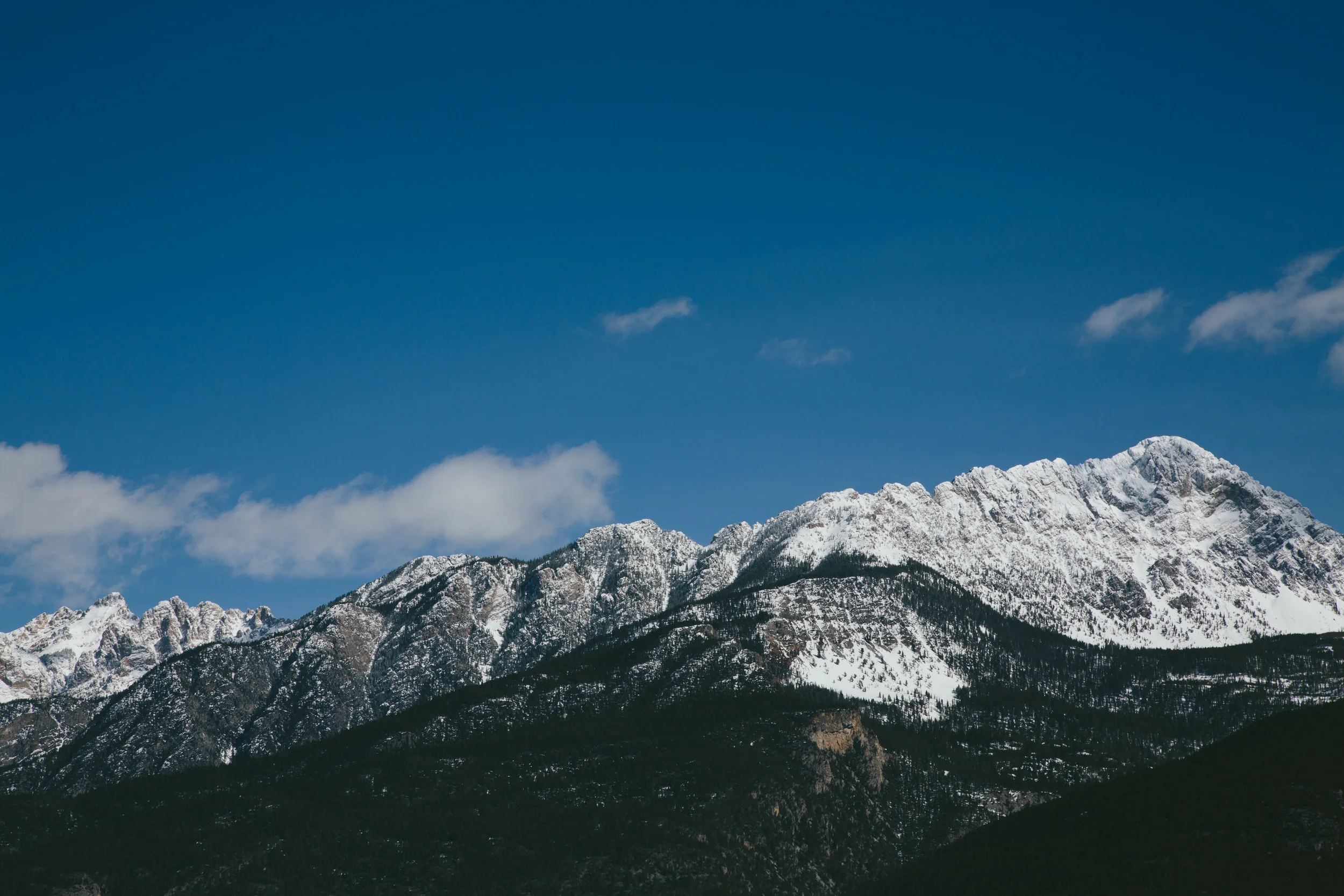This weekend, I met a friend for lunch and a stroll through the park. As we shared our news, lamented the price of a coffee in a central London café and promised to meet for wholesome Sunday walks more often, I felt a familiar sense of being re-resourced by taking time to relax, reconnect and enjoy some time out in nature. This was briefly disrupted by unexpectedly passing a far-right rally in the park – suddenly, the two of us seemed significantly outnumbered by people who would likely wish harm on us and many others. We moved on and inevitably spent a long time discussing the state of the world and how we might respond to an increasing sense of division and uncertainty. I reflected on what helps me to keep things in perspective and feel safe when things feel scary and hopeless, and immediately thought of various communities that I’m part of, and the concepts of mutual support and safety in numbers. I also remembered some tools from trauma therapy, like Babette Rothschild’s oases, anchors and safe places, which are helpful in addressing feelings of overwhelm and detachment. Bringing the therapeutic concepts and the idea of community together, I’ve been considering community as a form of anchor, which might serve to keep us grounded and connected.
Reframing resilience – collective care, ‘staggered breathing’ and permission to be vulnerable
The word ‘resilience’ has become one of the ubiquitous buzzwords that has been favoured in fields from education, to workplace wellbeing, to psychology (in both pop and clinical forms) for quite some time. While I’m in favour of finding ways to pick ourselves back up when we’ve been knocked down – and occasionally even partial to a Kelly Clarkson karaoke moment – I find myself asking questions whenever the concept of resilience comes up. I might wonder whether it’s the most helpful word to use in the given context, and how it’s being understood. For example, I used to offer wellbeing support to a woman who had been through an extraordinary amount of adversity and trauma in her life. When I met her, she still faced some significant challenges, but the way she had turned things around and overcome massive obstacles was remarkable. Any time people heard her story, they would comment on how unusually resilient she was. There’s no denying the truth of that, but she internalised the message that she was ‘a resilient person’, and struggled to reconcile this with her experience on days when she felt overwhelmed and less able to cope.
Navigating personal and political grief in a time of chaos and change
‘I don’t know if we were meant to carry so much grief in one body… Yet, we are not alone’ (Alexandra/Ahlay Blakely)
-These are the lyrics of a song that I’ve sung with others at song circles, protests and other events where groups have assembled to process and express grief (alongside other emotions) and to share the experience of trying to make sense of things that feel big, scary and unfathomable. The song also contains a part that is essentially a tuneful wail, in a bid to reconnect us to the embodied, messy, loud and cathartic nature of expressing grief. Right now, I’m struck ‘I don’t know if we were meant to carry so much grief in one body… Yet, we are not alone’ (Alexandra/Ahlay Blakely)
-These are the lyrics of a song that I’ve sung with others at song circles, protests and other events where groups have assembled to process and express grief (alongside other emotions) and to share the experience of trying to make sense of things that feel big, scary and unfathomable. The song also contains a part that is essentially a tuneful wail, in a bid to reconnect us to the embodied, messy, loud and cathartic nature of expressing grief. Right now, I’m struck by the ways in which reclaiming ritual, authentic expression and communal grieving can be forms of resistance to the legacy of colonial, Victorian Britain, where emotional repression and sanitised grief processes became the only socially acceptable options.by the ways in which reclaiming ritual, authentic expression and communal grieving can be forms of resistance to the legacy of colonial, Victorian Britain, where emotional repression and sanitised grief processes became the only socially acceptable options.
Preventing burnout: Coping Strategies for Witnessing Atrocities
If we’re deeply impacted by what we’re observing in the world and moved to try to be part of the change, we must have opportunities to pause, process and get back out there in any way we can. The same is true whether we’re campaigning against systemic violence, leading a project that poses a risk of vicarious trauma or considering how we engage with and communicate about the information we’re able to access round the clock via social and traditional media. Let’s explore how we might prevent burnout, overwhelm, normalising what may once have shocked us, and feeling frozen with guilt or shame.




